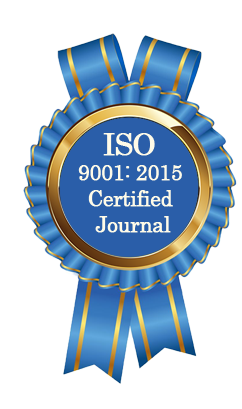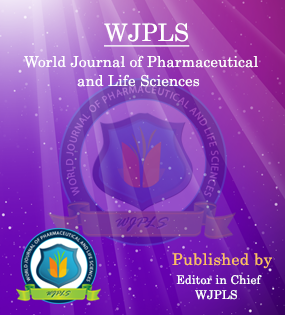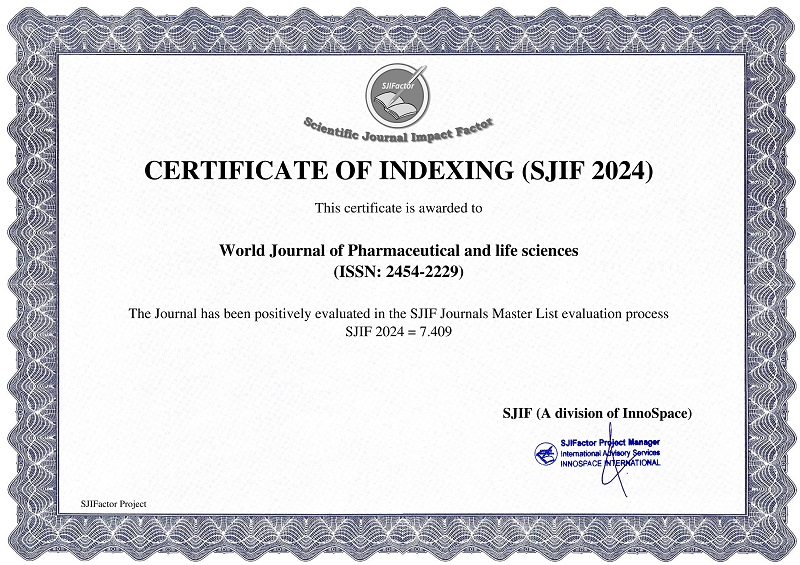Abstract
DETERMINATION OF HOW TO MINIMIZE POSTHARVEST LOSSES IN OYSTER DETERMINATION OF HOW TO MINIMIZE POSTHARVEST LOSSES IN OYSTER DETERMINATION OF HOW TO MINIMIZE POSTHARVEST LOSSES IN OYSTER DETERMINATION OF HOW TO MINIMIZE POSTHARVEST LOSSES IN OYSTER DETERMI
John Yao Afetsu, Philip Kwaku Dapaah and Clement Gyeabour Kyere*
ABSTRACT
The study was carried out in the Ho Municipality of the Volta Region of Ghana to determine how to minimize postharvest losses in oyster mushrooms. One hundred and eighty (180) pieces of freshly harvested mushrooms of uniform size and shape were used. A 3x2x2 factorial experiment was used for the study. The treatments were replicated three times. The factors consisted of three different packaging periods (0 hour, 12 hours and 24 hours), two different packaging materials (perforated polythene bags and opened transparent plastic bowls) and two storage environments (refrigerator and room temperature). Each sample was weighed daily with electronic weighing balance, in grams, to determine weight loss. Data gathered were analyzed using GraphPad Prism (version 4.0). Post-hoc Tukey test was conducted on all computed weight losses for all time-dependent treatments to identify significant interactions and differences between treatments. The study showed that oyster mushroom samples that were kept at room temperature lost more of their weights than replicates that had been stored in a refrigerator at 2-3 0C with 8-10 % relative humidity. Oyster mushroom samples that had been packaged into perforated polythene bags and stored in a refrigerator at 2-3 0C had longer shelf-lives than oyster mushroom samples kept in room (average temperature 30 0C with 61 % relative humidity). Packaging into perforated polythene bags immediately after harvest and stored in a refrigerator at 2-3 0C with 8-10 % relative humidity had longer shelf life of 8 days. Samples packaged 12 hours after harvest into perforated polythene bags and kept at room temperature of 30 0C with 61 % relative humidity had 3 days shelf life while samples packaged 24 hours after harvest into perforated polythene bags and kept at room temperature had 2 days shelf life. It is recommended that harvesting of mushroom should be done in the morning, packaged immediately after harvesting and stored under cool conditions.
[Full Text Article] [Download Certificate]WJPLS CITATION 
| All | Since 2020 | |
| Citation | 590 | 424 |
| h-index | 12 | 10 |
| i10-index | 17 | 14 |
INDEXING
NEWS & UPDATION
BEST ARTICLE AWARDS
World Journal of Pharmaceutical and life sciences is giving Best Article Award in every Issue for Best Article and Issue Certificate of Appreciation to the Authors to promote research activity of scholar.
Best Article of current issue
Download Article : Click here





